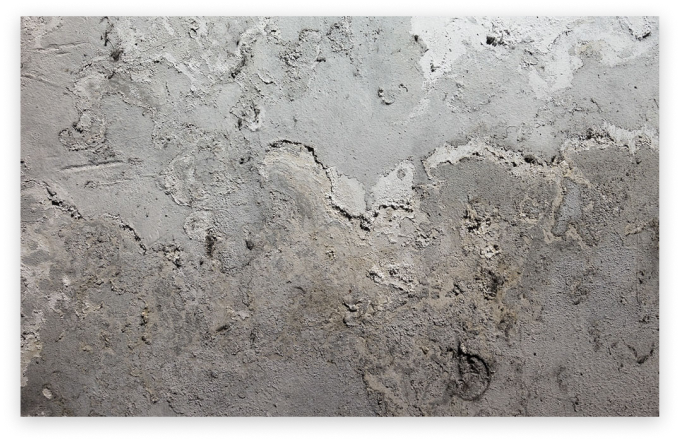ORGANIC MASONRY
A BETTER HOME, A BETTER LIFE
HEALTHY LIVING BY REDISCOVERING ANCIENT TECHNIQUES
“Home sweet home” can take on many meanings. But one thing is for sure; conventional construction makes your home a little less sweet. Conventional construction can often hide materials that can affect the health and well-being of those who live there. These materials are commonly used in renovations or new housing construction: resins synthesized with toxic components; mortars that are nests for mites and allergens; and glazes and paints that release unhealthy dust over time. Sick Building Syndrome, corroborated by institutions such as the World Health Organization, is a “disease” that affects dwellings and infects their inhabitants. We not only protect the environment with sustainable building techniques, but we also protect the people who inhabit that environment.


